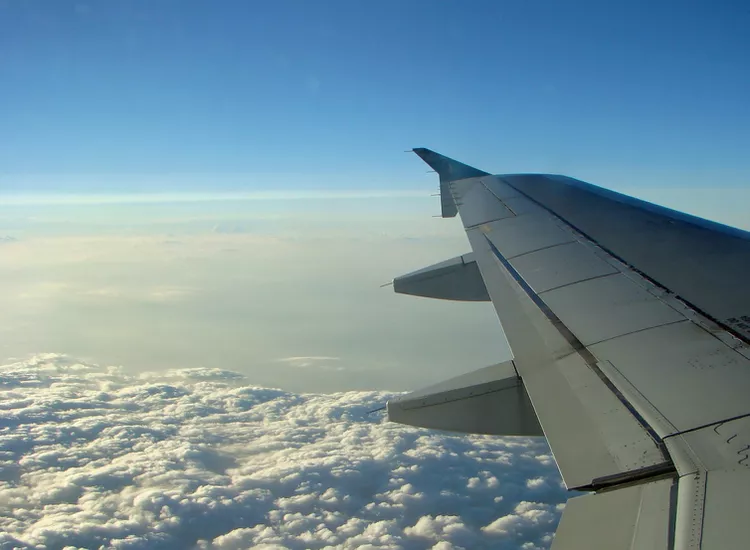Summary
Silver Wings from United, Southwest Senior Fares, and More
It wasn’t too long ago that senior airfares were the focus of airline advertising. In an age when senior discounts are becoming increasingly popular in the travel industry, one may wonder what happened to those senior airfares.
Airlines operate in a highly competitive business environment, often following collective industry trends. For instance, when some airlines began charging fees for checked baggage, many others quickly adopted similar practices. This trend also applies to the adjustments in airfares.
Senior discounts, once a mainstream offering, have become a target for budget cuts. Budget airlines typically never provided them, maintaining a low-cost model that offers one flat fare to all customers.
Not too long ago, United operated an airfare club specifically for senior travelers called SilverWings. While the program still exists, its webpage is not easily accessible on the United site. Importantly, SilverWings no longer accepts new members and does not activate or renew memberships.
Previously, senior airfares were often booked by telephone, and travelers frequently had to inquire about discounts directly with airline operators. However, the current approach encourages customers to book online, prioritizing digital reservations over traditional methods.
The decline of senior airfares has not occurred overnight. For example, Hawaiian Airlines had previously offered senior airfares to those aged 60 and over, a policy that persisted long after other airlines phased out similar offerings.
Today, when customers request senior airfares, airlines claim that the best ticket discounts are available exclusively through online bookings. This shift has led to the notable disappearance of age-related fare reductions. Additionally, mergers among airlines that once provided such discounts have contributed to this trend.
A Few Airlines Still Offer Senior Airfares
Southwest’s Senior Fares are fully refundable and can be reserved via phone or online. Age verification is mandatory through a government-issued photo ID, but once validated, it is stored in the airline’s records for future travel.
United Airlines still offers select senior discounts “to certain travel destinations for passengers aged 65 and older.” Travelers will often encounter checkboxes in online reservation systems for those over a certain age, whether children or seniors. Providing this information can potentially unlock unpublished fare discounts.
Similarly, online travel agencies may offer shared age-related discounts. For instance, Cheapoair.com frequently extends discounts to travelers over 65. Meanwhile, Travelocity and Expedia inquire about the number of passengers over 65 during reservation processes, although they lack permanent policies specifically addressing senior discounts.
The Demise of Senior Airfares Isn’t All Bad
Interestingly, the reduction of senior airfares may have had both positive and negative implications for budget travelers. Traditionally, senior discounts often applied only to the most expensive fares, offering a modest price reduction of around 10%. Consequently, these discounts may not have been as beneficial as other deals available to the general public.
Moreover, such limited discounts might have created a false sense of satisfaction among travelers, leading them to overlook better deals elsewhere in the market.
The same rationale applies to bereavement fares, which airlines offer to individuals traveling for funerals. These fares often fail to compete with regular sale fares, emphasizing the importance of searching for standard discounted rates prior to considering specialized offers.
In conclusion, if a senior discount makes a flight affordable, it is worth considering. However, travelers should confirm that they are securing the lowest possible fare. As the airline industry continues to evolve, air travelers must remain vigilant. The decline of age-related discounts is simply another reflection of the changes in a continually adapting industry.




